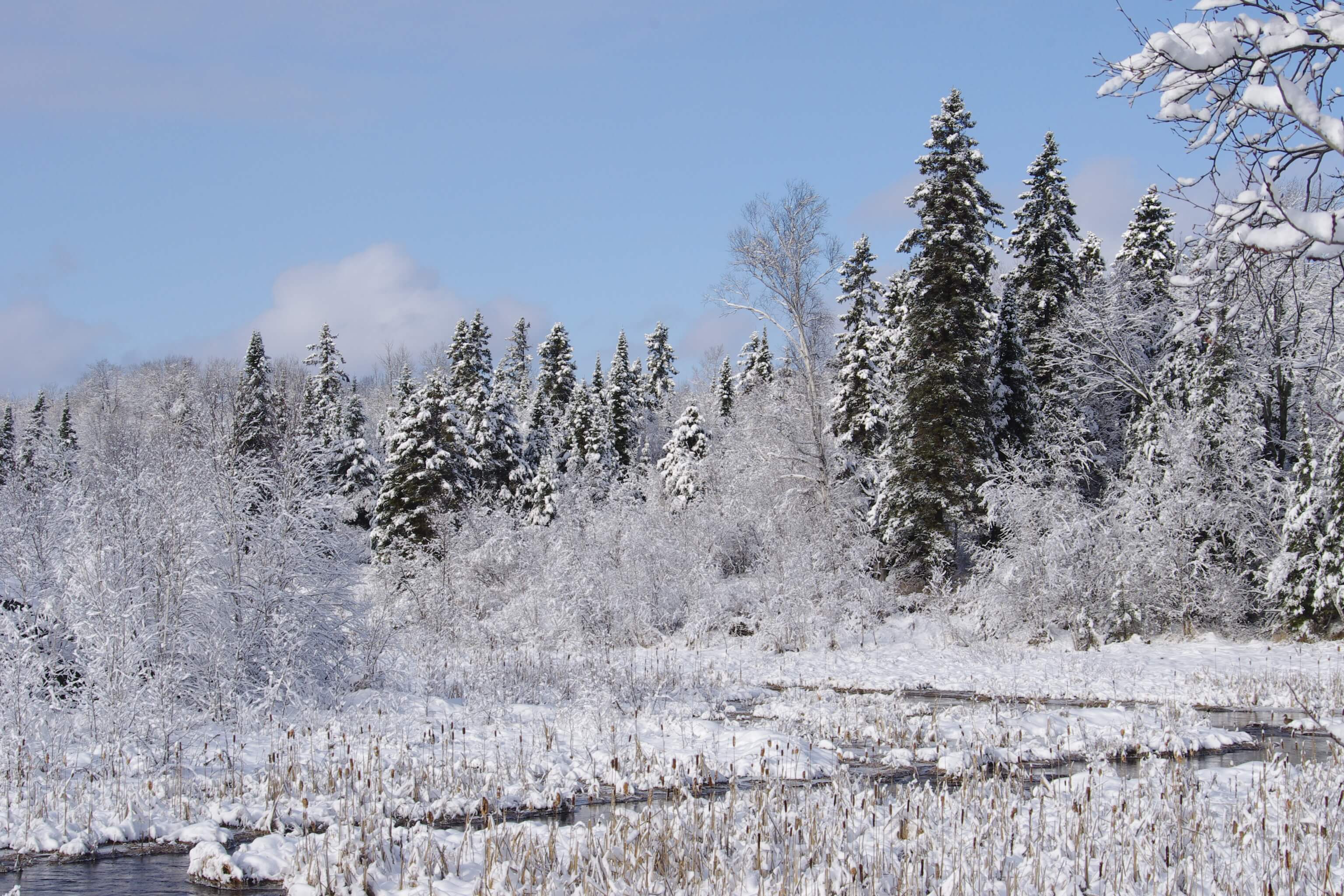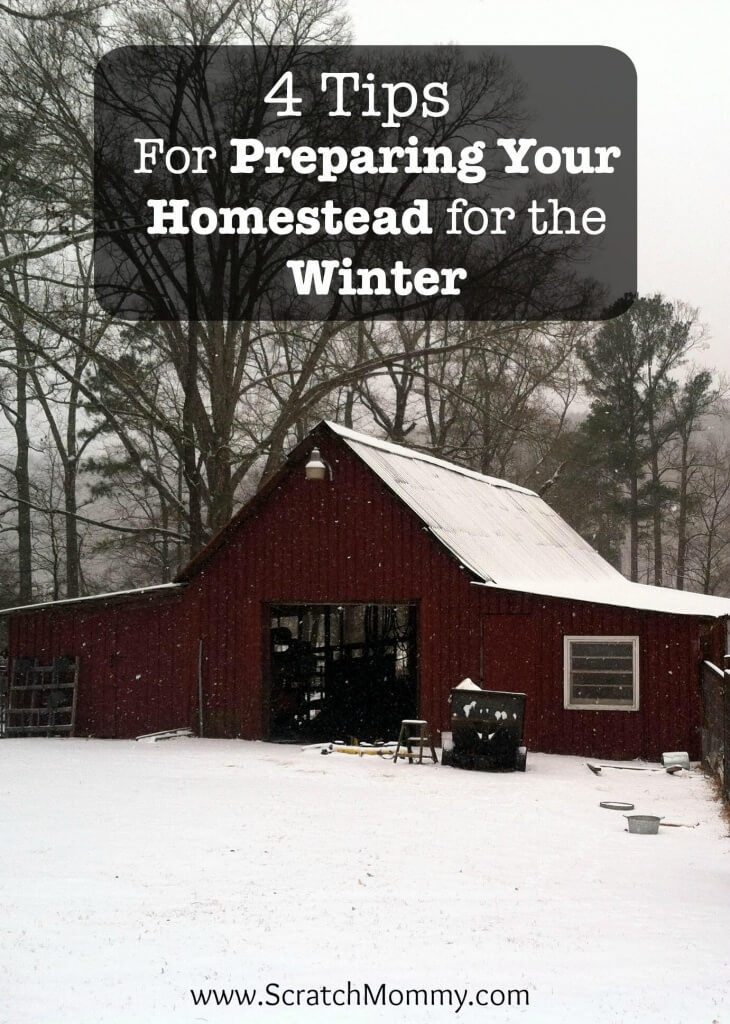Depending on where you live, preparing your homestead for winter can be as easy as packing away the lawn chairs and digging out the socks or as involved as being ready to shelter yourself and your animals in place if a blizzard cuts you off from the world. Homesteading work doesn’t stop in the winter!
My friend Annie from Montana Homesteader has a lot to do to prepare for the cold temperatures.
To prepare our garden for winter, we pulled out all the dead plants and put them in the compost pile. We have an old pile of horse manure and bedding that sat out all summer composting that will be spread over our garden. We’re buying four one ton straw bales this week and will spread them over our 7,000 square foot garden. This will allow some of the straw to start breaking down over the winter and help prevent weeds coming up next spring. We also planted our fall garlic cloves and put a light layer of straw over them for the winter. We cut back our asparagus bed and put a light layer of straw on top. We also had to pull up all our drip irrigation lines and store them for the winter so they do not crack in the cold, snowy weather we get here in Montana.
That might sound like a lot, but winter can be serious business. Here are some considerations and tips for preparing your homestead for winter.
1. Putting your garden to bed for the winter or planting winter crops. Teri from Homestead Honey wrote a great article on how she prepares her garden beds for winter. In Alabama, where I live, most of my fall crops (particularly greens such as collards, kale, turnips and mustard) do just fine in the garden all winter long (Here are 10 vegetables more cold hearty than kale!). Then again, you could always plan ahead and construct a fabulous greenhouse like this one to keep you in produce all year long.
2. Keeping the humans safe and warm. Keeping the humans warm is a top priority on the homestead. If you lack an electric heat source, or are worried that it will go out in a storm, gathering adequate firewood for the long winter months is an absolute necessity. Chris from Joybilee Farm has some fantastic ideas for staying warm in winter without increasing your power bill. She also has great information on staying safe when it’s icy outside!
3. Keeping the animals warm. Everyone seems to have a different take on the best type of bedding for barns and coops. I personally choose the “Deep Litter Method” because the decomposition of the bedding materials produces at least a little bit of extra heat for the animals and well, also because you don’t have to clean stalls and coops as often if you use deep litter.
I love to use paper shreds as part of our deep litter, because they are free and otherwise headed to the landfill! Other people choose to replace straw or other bedding at least weekly to keep things nice and dry. Our pigs, in particular like to wrap themselves in a “blanket” of fresh straw to stay warm at night.
4. Watering the animals and keeping extra feed on hand. Watering the animals in the winter can be a major chore. I don’t deal with hard freezes often, but when I do, I spend much of the day boiling water and taking kettles out to the troughs. People with long-term freezes often use special submersible stock tank heaters to keep the water thawed. Of course there are always creative alternatives such as using spring water or building a solar stock tank.
It’s always a good idea to keep extra feed on hand in cold weather in case you aren’t physically able to get to the feed store for a few days. I also begin tossing a little bit of scratch grains to my birds a few times a day when it’s freezing out, because digesting the grains helps keep the chickens warm.
So, with these things in mind, I think it’s probably time for me to head down to my own barn and make sure everyone is fed, watered, and happy. I’ll probably spread a little extra bedding while I’m down there.



Comments 1
Great tips – I can feel it getting icier already! Winter is one of my favorite seasons as it’s much easier to sit down and enjoy a warm cup of tea.
Let’s not forget about the garden! Have to keep it alive year around 😀